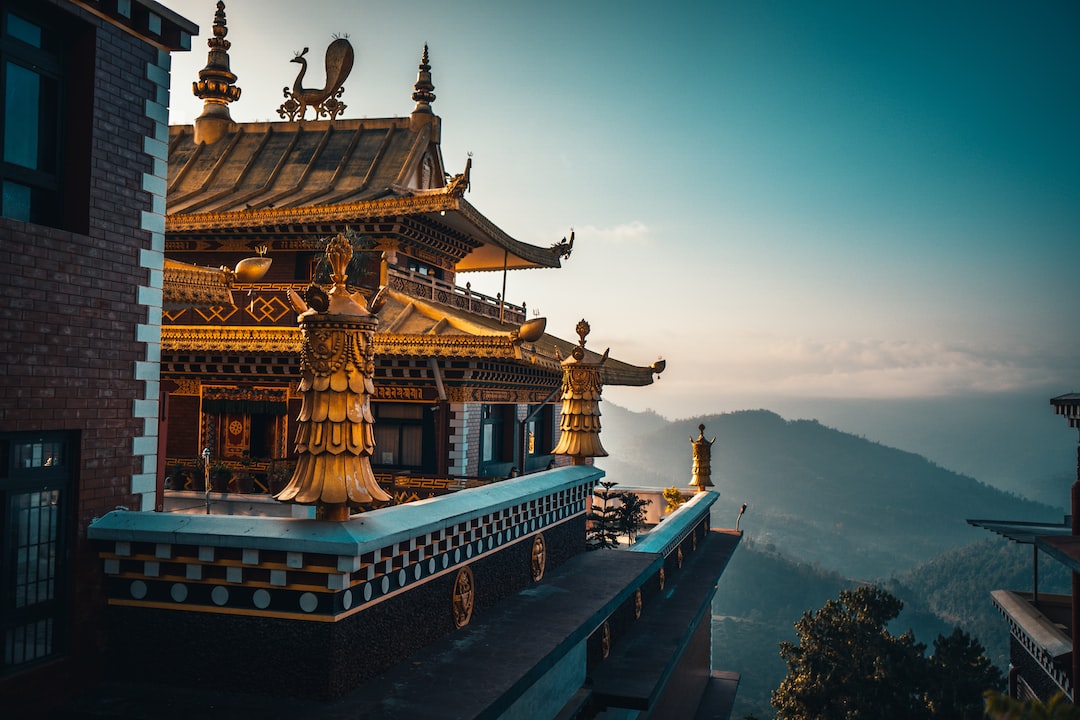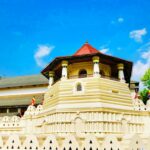Are you looking for a unique way to celebrate your special day?
Look no further than Nepali wedding traditions.
From pre-wedding rituals, like setting up the mandap and exchanging garlands, to the main event on the big day, such as taking part in traditional ceremonies and wearing ceremonial clothing.
And, of course, there are many post-wedding customs, from attending feasts with family members to gifting gold jewelry to each other.
Discover all these fascinating cultural practices that make Nepali weddings so memorable – plus some superstitions you should be aware of before tying the knot.
Nepali Wedding Traditions
Pre-Wedding Traditions
Pre-wedding traditions in Nepali weddings are an essential part of the celebration.
Engagement ceremonies involve exchanging rings and blessings from elders, henna nights are a fun way to celebrate with family and friends, and dowry negotiations are a necessary part of the process.
1. Engagement Ceremony
The engagement ceremony is typically held at either the bride’s or groom’s home.
During this event, families exchange gifts such as jewelry or money as a sign of commitment between both parties.
This is also when elders bless the couple for their future together by offering wisdom and advice on how to make their marriage successful.
2. Henna Night
The henna night is one of the most popular pre-wedding events that take place before the wedding day itself.
On this night, family members gather around to apply mehndi (henna) designs onto each other’s hands in preparation for the big day ahead.
It’s also common for guests to sing traditional songs while they wait for their turn with the henna artist – making it an incredibly festive atmosphere.
Dowry negotiations can be seen as a formal agreement between two families regarding what will be exchanged during marriage rituals, such as gold jewelry or cash payments from one side to another.
In some cases, these negotiations may become quite heated if there is disagreement over what should be given or received – but ultimately, it’s all about coming up with an arrangement that works best for everyone involved.
Wedding Day Traditions
3. The Baraat Procession
This is an integral part of the wedding day traditions in Nepal.
This joyous event marks the groom’s arrival at the wedding venue, accompanied by music and dancing.
The groom rides a decorated horse or elephant to reach his bride-to-be, and family members follow him in celebration.
During this time, guests shower them with flower petals and rice as a sign of good luck for their union.
4. The Exchange of Garlands
This happens between the bride and groom is another significant ritual that symbolizes their acceptance of each other as husband and wife.
After exchanging garlands, they take seven steps around a sacred fire while reciting vows to each other to signify their commitment to one another.
5. Lighting Oil Lamps
Finally, during the aarti ceremony, both families offer prayers for a successful marriage by lighting lamps filled with oil or ghee (clarified butter).
They then circle these lamps around the couple three times while chanting mantras from Hindu scriptures for protection against evil forces.
At the end of this ritual, all those present bless them with a long life together as husband and wife, wishing them joy and prosperity in their new journey together.
Post-Wedding Traditions
6. After The Wedding
After the wedding day, there are several post-wedding traditions that take place in Nepali weddings.
Bidaai rituals involve bidding farewell to the bride as she leaves her parent’s home for her new life with her husband’s family.
This is a bittersweet moment for both families and usually involves singing, dancing, and exchanging gifts.
The bride is then escorted by her brothers or other male relatives to the groom’s house, where they will live together.
Reception celebrations are another important part of post-wedding traditions in Nepal.
These festivities typically include feasting on traditional dishes such as momos (dumplings) and sel roti (rice doughnuts), along with lots of music and dancing.
It is an opportunity for family members from both sides to come together and celebrate the newly married couple’s union.
7. The Honeymoon
Honeymoon traditions usually involve taking time off to explore different parts of Nepal together as newlyweds.
Couples often visit popular tourist spots like Pokhara or Chitwan National Park during their honeymoon trips, allowing them to enjoy quality time away from their busy lives back home while creating beautiful memories that will last a lifetime.
Cultural Customs and Superstitions
8. Napali Wedding Superstitions
When it comes to Nepali weddings, many cultural customs, and superstitions should be taken into consideration when planning your special day.
Color symbolism plays an important role in traditional weddings; for example, red signifies good luck and prosperity, while white symbolizes purity.
Additionally, astrological considerations must be made when deciding on marriage timing.
This can involve consulting with a priest or astrologer to determine the most auspicious date for the ceremony.
9. Food and Drink
Traditional food and drinks also play an important part in Nepali wedding celebrations.
Nepal has a diverse and unique culture, which reflects in its cuisine.
For example, a Nepali wedding feast may include dishes such as momo dumplings, ghee-fried chicken, spiced potatoes, and lamb curry.
Other popular dishes include lentil dal-bhat (lentils served with rice) and yomari (sweet dumplings).
All these delicious dishes are accompanied by various chutneys, pickles, curries, and salads – like Gundruk Ko Achar (sour radish salad).
Enjoying the food at a Nepali wedding is one of the best ways to experience the country’s traditional flavors.
No matter what traditions you decide to incorporate into your wedding celebration, ensure, they reflect who you are as a couple.
By incorporating meaningful elements from both cultures, you can create an unforgettable experience for yourselves and your guests.
Conclusion
Nepali wedding traditions are a unique and beautiful way to celebrate the union of two people.
From pre-wedding ceremonies to the wedding day itself to post-wedding celebrations, each tradition is an essential part of the process that helps bring together family and friends in celebration.
Additionally, many cultural customs and superstitions add even more depth and meaning to these special occasions.
Whether you’re planning your Nepali wedding or just curious about this culture’s customs, understanding Nepali wedding traditions can help make any event extra special.




